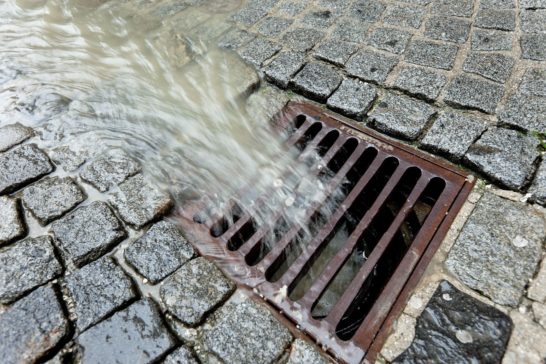Government and Property Owners Should Strive Jointly to Make Storm Water Management Work
The responsibility of storm water management should not be assumed as the sole burden of your local government. After all, the consequences of out-of-control precipitation runoff deeply affects every property owner in the area. This is especially true in New Orleans, where devastation occurs whenever there is a storm. Storms hit frequently enough to dub New Orleans as the sinking city.
Why Storm Water Management is Important
By definition, storm water can come from rain, melting snow, homeowners who water their yards or wash their cars and driveways. As it freely flows from rooftops, paved areas, bare soil and sloped lawns, it accumulates pollutants (e.g., pesticides, fertilizers, dry leaves, animal wastes), which are then unintentionally carried and collected in streams, wetlands, rivers and lakes. Consequently, it greatly affects the quality of the city’s water resource and therefore the overall quality of your household water.
These wastes also pose a problem for storm drains because of their potential cause a blockage, which in turn, will encourage flooding.
Rules and Regulations on Storm Water Management
The city council of New Orleans has adopted the 2015 Comprehensive Zoning Ordinance (CZO), wherein it addresses a number of concerns pertaining to the city’s landscaping and storm water management. The CZO contains specific regulations relevant to the city’s overall ability to manage storm water through mitigation of the urban-heat-island effect, the strain on the current drainage system, and wasteful water practices, among other things.
Article 23 of CZO, in particular, requires that a storm water management plan must be submitted along with other pertinent requirements when you are applying for a building or development permit. Several provisions are given within the article that requires every infrastructure (with a few residential property exceptions) to practice storm water management. This includes, but is not limited to, requiring facilities to capture, filter, and/or store the first inch-and-a-quarter of storm water. The article also strongly promotes the cultivation of green spaces by planting shade trees.
How You Can Help
In New Orleans, citizens are expected to help reduce storm water by adopting measures to reduce flooding and other after-effects. Aside from installing rain barrels and rain gardens, homeowners and commercial building administrators alike can also employ permeable pavements, or those that contain small holes, allowing the passage of water into the ground beneath it. They can also try building green roofs and infiltration trenches to reduce water runoff.
An experienced civil engineer can most definitely help you with the process and design of each measure. By doing your part, not only are you helping the environment, but you are also ensuring your own safety from life-threatening disasters such as floods and landslides prompted by unmitigated storm water.
Sources:
Stormwater Management, CenterForWaterShedProtection.org
EPA Facility Stormwater Management, USEnvironmentalProtectionAgency.gov












